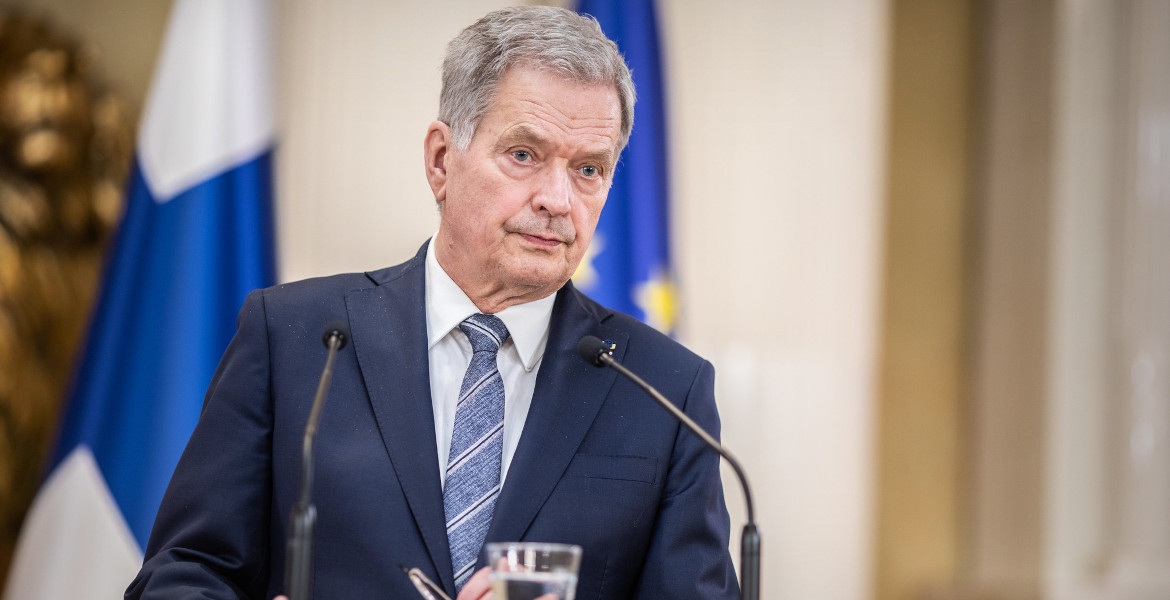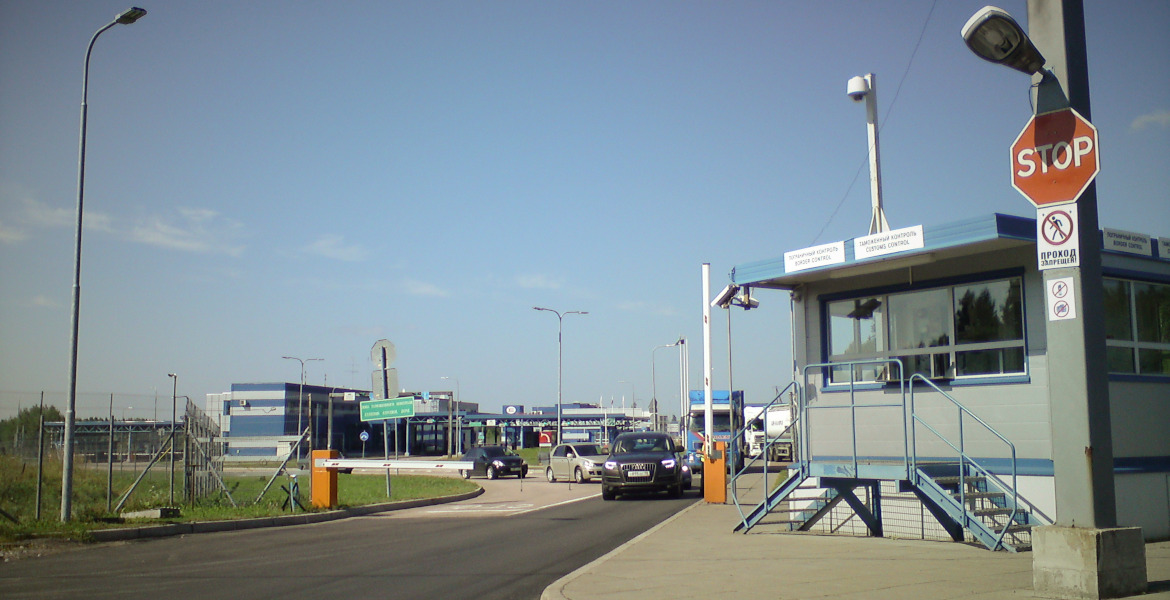As the SCO alliance brings together major powers like India, China and Russia, Finnish President Alexander Stubb sees how a new world order is taking shape. Finland's president warns that the West's response – punitive tariffs and confrontation – only accelerates the historic shift in power.
Finnish President Alexander Stubb is calling for a more "dignified" and cooperative foreign policy toward the global South. His message is particularly directed at the US and comes at a sensitive time – amid the harshest trade tensions in years between Washington and New Delhi.
— My message, not only to my European colleagues, but especially to the United States, is that if we don't derive a more cooperative and dignified foreign policy towards Global South, the likes of India, we are going to lose this game, Stubb said.
The president pointed to the recently held summit of the Shanghai Cooperation Organisation (SCO) in Tianjin, where Indian Prime Minister Narendra Modi participated alongside leaders from China and Russia.
— The meeting is a good reminder to all of us in the global west of what is at stake. We're trying to preserve the remnants of the old order, he stated.
“If Europe and America don’t have a more cooperative foreign policy towards the Global South and India, then we will lose. The SCO meeting in China is a reminder to the West about what is at stake,” declares Finland’s President Alex Stubb pic.twitter.com/aV2pJmMyTw
— Shashank Mattoo (@MattooShashank) September 3, 2025
Close ties with Trump
Stubb's statement carries extra weight because he is considered to have unusually good relations with President Trump, and the two bonded during a seven-hour golf round at Mar-a-Lago in Florida in March.
Trump has called Stubb a "young, powerful man" and said that: "we wanted to have you here because you are somebody that we all respect".
Jan Hallenberg from the Swedish Institute of International Affairs tells news agency AFP that Stubb's position is unique:
— Among small countries, there is no equivalent whatsoever. Stubb has gained unique access to Trump that no one else from a smaller European country has ever had.
In August, Stubb accompanied Ukrainian President Volodymyr Zelensky to the White House for talks about the war with Russia.
Trump defends the tariffs
The warning from Finland's president comes as the US has just imposed 50 percent punitive tariffs on Indian imports – half motivated by India's oil purchases from Russia. The tariffs, which took effect on August 27, particularly impact India's textile and diamond industries and are defended by Trump himself.
— We get along with India very well, but for many years it was a one-sided relationship... India was charging us tremendous tariffs, the highest in the world, the president said, highlighting how American motorcycle manufacturer Harley Davidson could no longer sell its products in India due to a 200 percent tariff on motorcycles.
— So what happens? Harley Davidson went to India and built a motorcycle plant. Now they don’t have to pay tariffs.
With India increasingly turning eastward and strengthening ties with China and Russia, Stubb's warning seems to be about more than just trade volumes but about the West's future political influence in a world where the balance of power is rapidly shifting.




